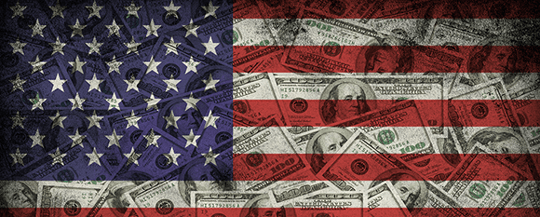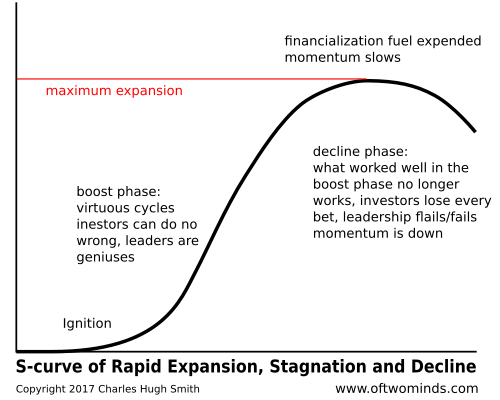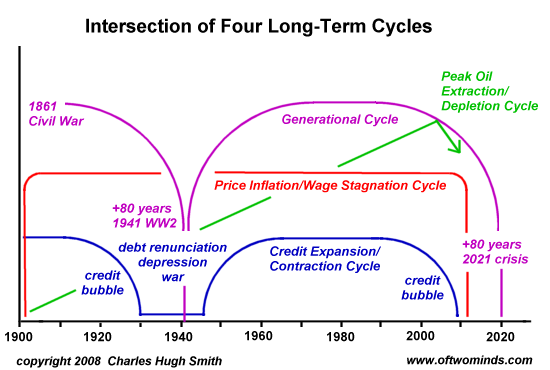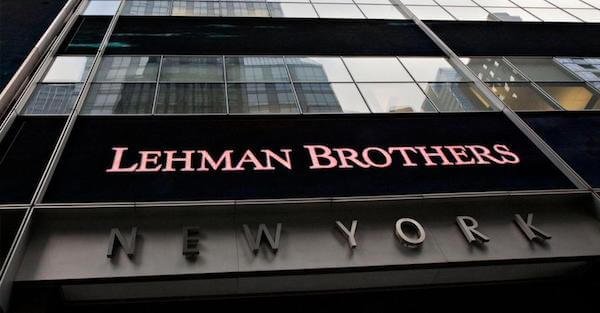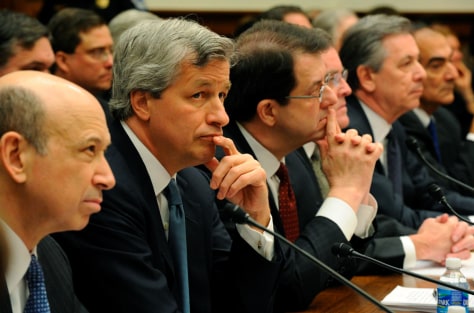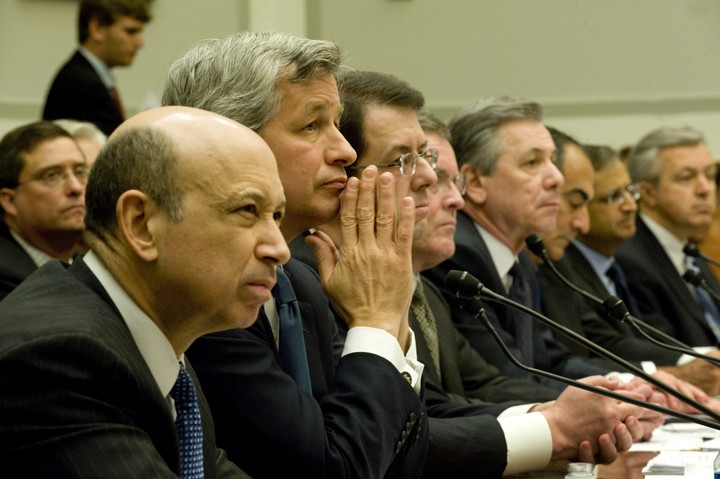Ben Bernanke responded to Paul Krugman’s post last week, which agreed with my argument that the main cause of the Great Recession was the collapse of the housing bubble rather than the financial crisis. Essentially, Bernanke repeats his argument in the earlier paper that the collapse of Lehman and the resulting financial crisis led to a sharp downturn in non-residential investment, residential investment, and consumption. I’ll let Krugman speak for himself, but I see this as not really answering the key questions.
I certainly would not dispute that the financial crisis hastened the decline in house prices, which was already well underway by September of 2008. It also hastened the end of the housing bubble led consumption boom, which again was in the process of ending already as the housing wealth that drove it was disappearing.
I’ll come back to these points in a moment, but I want to focus on an issue that Bernanke highlights, the drop in non-residential investment following the collapse of Lehman. What Bernanke seemed to have both missed at the time, and continues to miss now, is that there was a bubble in non-residential construction. This bubble essentially grew in the wake of the collapsing housing bubble.
Prices of non-residential structures increased by roughly 50 percent between 2004 and 2008 (see Figure 5 here). This run-up in prices was associated with an increase in investment in non-residential structures from 2.5 percent of GDP in 2004 to 4.0 percent of GDP in 2008 (see Figure 4).
This bubble burst following the collapse of Lehman, with prices falling back to their pre-bubble level. Investment in non-residential structures fell back to 2.5 percent in GDP. This drop explains the overwhelming majority of the fall in non-residential investment in 2009. There was only a modest decline in the other categories of non-residential investment.
…click on the above link to read the rest of the article…


